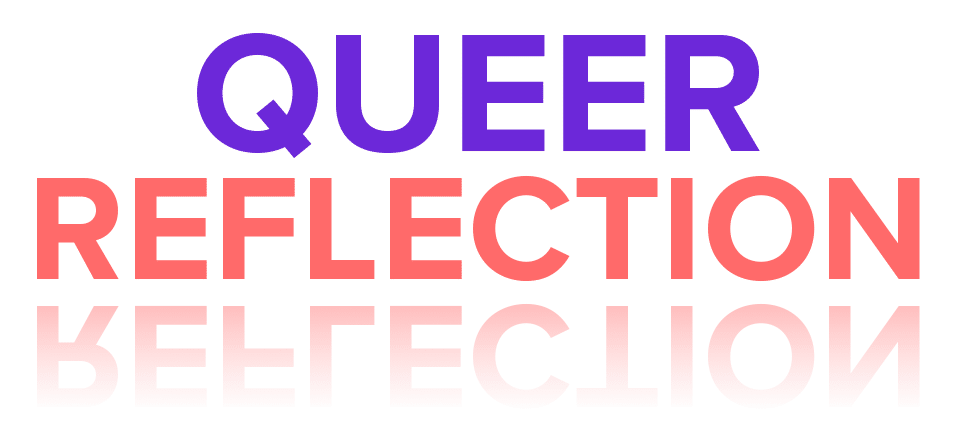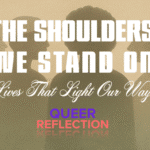I still remember the day I disappeared. Not literally—but in the way queer people vanish all the time. Subtly. Socially. Quietly.
It happened at work. I stood in a room full of people who knew me. We laughed. The conversation shifted to family, weekend plans, and who would bring a date to the holiday party. When it reached me, I hesitated. Then I said something neutral. Nonspecific. A shape without detail.
That moment erased me—not by force, but by expectation. I remained physically present. Emotionally, I had vanished.
The architecture of silence
This kind of disappearance isn’t dramatic. In fact, it’s common. Many queer people learn to read the room early. We edit ourselves. We code-switch our pronouns. We make survival choices in environments where queerness is tolerated, but never truly welcomed.
Meanwhile, no one asks what it costs to stay quiet.
“If you are always trying to be normal, you will never know how amazing you can be.”
— Maya Angelou
I didn’t build Queer Reflection to fix the past. I created it so fewer people would have to disappear in their present.
Designing for emotional return
Most platforms mention inclusion. Few of them design for it. Decorative diversity and checkbox DEI aren’t enough—not when the emotional architecture still centers straight, cis experience.
That’s why we center design around emotion. We ask: What does it feel like to be queer in this space? And more importantly, what does it feel like to be safe?
We didn’t want to simulate queerness. We wanted to illuminate it—through narrative, interaction, and feeling.
Why emotion must lead
Empathy grows through resonance, not rhetoric. While facts inform, they rarely transform on their own. Feeling is what makes change stick. It turns information into insight—and insight into action.
“You don’t have to be gay to be a supporter—you just have to be a human being.”
— Daniel Radcliffe
Through immersive storytelling, guided decisions, and reflective feedback, Queer Reflection helps users embody queer experiences—not from the outside, but from within. They don’t just observe our lives. They live inside moments that change them.
This is personal.
As a gay man, I’ve sat through too many meetings where I had to shrink. I’ve heard the pause after “my partner” and watched interest wane. I’ve made myself smaller to feel safer—and that has a cost. Every time we shrink, we lose something: connection, confidence, dignity.
“If I wait for someone else to validate my existence, it will mean that I’m shortchanging myself.”
— Zanele Muholi
Queer Reflection is how I reclaim that space—not just for myself, but for every queer person who’s ever felt the need to vanish to survive.
This isn’t about visibility for its own sake
Visibility matters—but not if it’s performative. What we need are systems, platforms, and stories that allow us to show up fully. We need spaces that make authenticity sustainable.
That’s the real goal: not visibility, but safety. Not representation, but resonance.
We don’t need permission to be seen
But we do need tools that help us stay seen. Queer Reflection is one of those tools. It’s built for the student who’s still questioning. For the parent who wants to understand. For the colleague who means well but doesn’t know where to start. And especially for the queer adult—like me—who got tired of disappearing in rooms we helped build.
“You have to be visible. You have to be willing to be courageous.”
— Marsha P. Johnson
Let’s design better rooms. Let’s build digital spaces where no one has to leave themselves at the door just to feel safe.
If you’ve ever disappeared to survive, you’re not alone. You’re exactly who this platform was built for.






